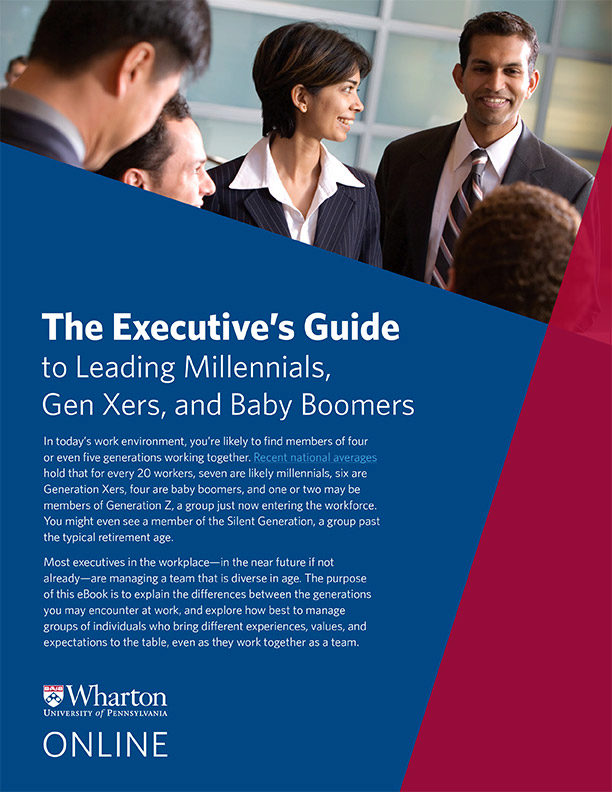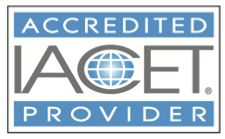
Around the globe, a dismal 87 percent of employees are not engaged at work, Gallup research reports. That lack of investment translates to lost profits for employees’ companies. Businesses whose workforces are highly engaged outperform competitors by 147 percent in earnings per share.
A lack of employee engagement leads to:
- More errors
- Less productivity and profitability
- Higher turnover and absenteeism
- Poorer customer experience and satisfaction
Management and leadership are the key factors affecting employee engagement. A Gallup report found managers account for at least 70 percent of variance in employee engagement scores.
While issues like technology integration and risk management strategies are at the forefront of business in 2020 and beyond, without engaged employees, no business initiative will be effective. Here are four critical areas management and leadership must focus on for future success.
1. Rethink the Work Day
Being forced to work certain hours can place a burden on employees. A 2018 study of 3,000 employees by the Workforce Institute at Kronos Incorporated found 45 percent of full-time workers say if their work was uninterrupted, it would take less than 5 hours a day to complete their work.
The study also found 71 percent said work interferes with their personal life. Demanding work schedules make taking care of children and family responsibilities more difficult.
Wharton School professor Adam Grant has a suggestion for how to combat employee burnout but retain employee productivity: shorten the work day. Grant suggests transitioning from an unfocused 8-hour workday to a 6-hour workday where employees are able to focus and manage their attention.
If you’re not quite ready to cut schedules by 10 hours a week yet, at least be open to letting employees set their own schedules. Inc. reports on research that shows employees who are able to set their own schedules are more intrinsically motivated at work. Freedom in scheduling can actually lead to increased hours worked because of improved dedication.
Already, in 2018, a study of more than 600 small businesses found 67 percent offered some form of flexible work arrangements. Around three-fourths of employees who had access to flexible work arrangements said their schedules increased their work satisfaction and made them more productive.
2. Invest in Training and Development
Over the past decade, the inclination to job-hop has drastically increased. Gallup’s 2017 State of the American Workplace report found 51 percent of adults who were currently working in the United States were looking for new jobs or watching for new job opportunities. Most of them said the current time was a great time to find a quality job, compared to only 19 percent of Americans who agreed with that statement in 2012.
Millennials are even more likely to want to switch jobs. Gallup research shows 60 percent of millennials are open to new job opportunities.
One reason why young employees are leaving their positions is a lack of training and development. Peter Cappelli, director of the Wharton School’s Center for Human Resources, has extensively researched employer training. His report to Entrepreneur paints a grim picture:
- In 1979, the average young worker received 2.5 weeks of training a year.
- By 1995, training time averaged 11 hours a year.
- By 2011, only 20 percent of employees reported receiving on-the-job training from employers at all over the past 5 years.
Training and development helps employees grow their careers and provide more benefits to the companies they work for. A 2018 study by employee development suite Bridge found offering career training and development would prevent 86 percent of millennials from leaving their current positions.
Managers and leaders should survey employees about what kind of training they’re in need of to improve their current performance, and what they want to learn to grow their careers. Leaders should also identify preferred training methods (in-person versus e-learning, for example) to make learning more effective.
Download our eBook: The Executive’s Guide to Leading Multi-Generational Teams
Many executives manage teams that span five generations: The Silent Generation, Baby Boomers, Generation X, Millennials, and Generation Z. Download our free eBook, “The Executive’s Guide to Leading Multi-Generational Teams,” for practical advice on how to communicate with, motivate, and manage each generation.
3. Give Frequent, Meaningful Feedback
Because managers are so significantly influential on employee performance, they must embrace roles as teachers in the workplace. A 10-year study of “superbosses,” who are defined as leaders who launched a compelling amount of their employees into their own leadership roles, found a key characteristic uniting them: teaching.
The most effective leaders are ones who teach those they lead. They effectively identify:
- What to teach
- When to teach
- How to teach
Leaders who teach complement the training and development efforts of an organization. They:
- Schedule teaching time, even if it’s time when they’re informally engaging with employees
- Build mentor/mentee relationships with their employees, which includes modeling behavior and offering advice
- Impart a variety of wisdom, including technical business advice, leadership insights and life lessons
Feedback sessions are great opportunities for teaching. Forbes reports 65 percent of employees want more feedback than what they’re currently getting. Only 19 percent of millennials say they receive routine feedback, Gallup reports.
Regular feedback is more effective than annual reviews. Large companies like Deloitte, Adobe, General Electric and Accenture abandoned annual review processes because they were ineffective at improving employee engagement or performance.
Pairing feedback with teaching empowers employee growth. Gallup reports workers who received strengths-based development report an average increase of 23 percent in engagement, which can lead to a 29 percent increase in profit.
4. Promote a Long-Term Vision
A mission statement and long-term vision for a company conveys to employees why their work matters. Wharton research shows company values are especially important to millennials and Generation Z, but Gallup’s 2016 How Millennials Want to Work and Live report found only 40 percent of millennial workers felt strongly connected to their company’s value and mission. The 2018 State of the American Workplace report by Gallup echoed that only 22 percent of American employees strongly agreed their company’s leaders had a clear organizational direction.
The results of that disconnect leads to everything from disengagement to conflicting ideas about roles and purpose. Wharton research shows growing evidence that long-term thinking helps businesses:
- Outperform competition
- Attract new employees
- Increase public trust
A long-term vision is not just about profit margins. It creates a path toward positively impacting the greater good.
Consumers are increasingly aware about where their money is going toward. They’re researching the brands they spend with so that they’re purchasing from companies whose values align with theirs. A 2017 study of 150 brands reported by Fast Company found millennials, now the biggest consumer group in the U.S., are more likely to rate brands with clear, meaningful values higher than brands without them.
To promote long-term thinking at work, business leaders and managers must:
- Create and communicate a business purpose that goes beyond profit.
- Integrate that purpose into business strategy.
- Measure progress on the business purpose in terms greater than earnings.
- Foster a culture focused on long-term growth using business purpose as a driver.
Sometimes, short-term sacrifices will be required for long-term growth. For example, companies that encourage employees to take risks and fail might experience research and development losses that lead to better products. Businesses that choose to stop selling a product that doesn’t align with their company values may experience an immediate drop in stock price, but gain new referral partnerships.
These up-front losses driven by business vision may be the factor that determines long-term gains.
Leadership That Engages Is Essential for Business Results
As job-hopping and disengagement levels continue to reach new heights, prioritizing what matters to employees is just as important as business operations. Leaders and managers in the 2020s must:
- Give employees flexible work schedules.
- Train and develop their workforces.
- Teach employees and provide frequent feedback.
- Create and promote a long-term vision that resonates with employee values.
For more tips on effective leadership now and in the future, download our new e-book, The Executive’s Guide to Leading Millennials, Gen Xers and Baby Boomers.




